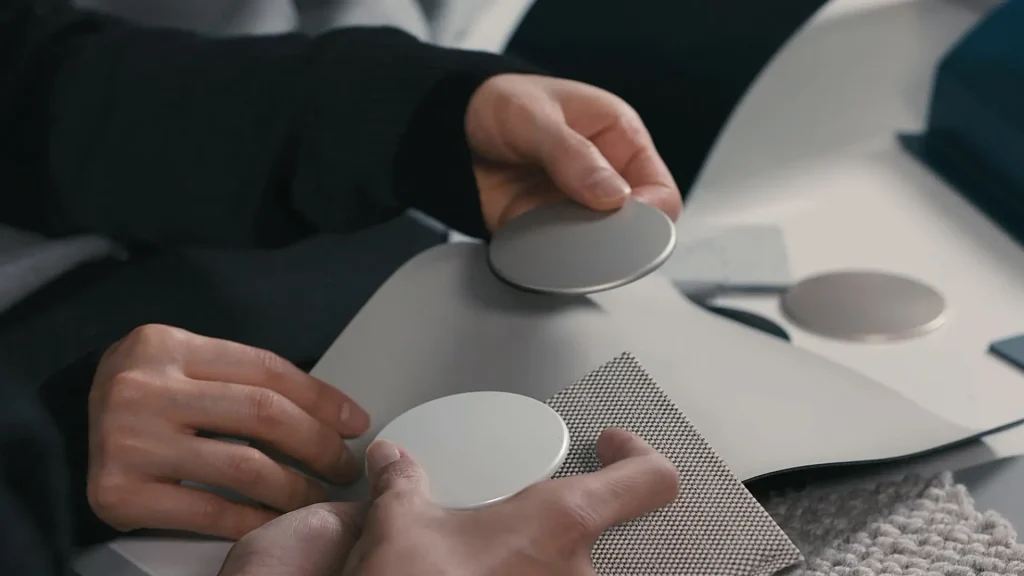Mycelium: Innovative technology inspired by nature
Mycelium: Innovative technology inspired by nature
19 February, 2025
- “Nature is the answer to many problems,” says Arthur Huang, structural engineer, architect and National Geographic Explorer.
- Kia draws inspiration from nature in a variety of areas such as design, technology and sustainability. For the brand, nature is the greatest source of innovation and must be protected.
Nature is full of wonders. Even a tiny mushroom can reveal a key to innovation. What if you could make solid bricks and car seats out of mushrooms? To do so, you first need to know the structure of a mushroom. Mushrooms consist of a fruiting body and a mycelium. The fruiting body is the head and body of the mushroom we eat, while the mycelium is the root beneath the mushroom. In other words, compared to common plants, fruiting bodies can be called flowers or fruits, and mycelium can be compared to roots, stems, and leaves that produce and absorb nutrients.

Mycelium secretes decomposition products to consume nutrients. This material breaks down a variety of pollutants: plastics, Styrofoam, petroleum, dyes, pesticides, and more. In addition, growing mycelium can be used to make materials of various shapes. For example, spreading mycelium on a square waste produces square structures; this is because the mycelium grows as it breaks down the existing product and fills the space inside.

Furthermore, depending on the processing method, mycelium has various uses: leather alternatives made by us using mycelium, for example. It can express various textures and can be dyed, so it can be used throughout the interior. Leather alternatives, in particular, are ideal for durable vehicle seats thanks to their high tensile strength.

The mycelium leather alternatives we process are environmentally friendly both in their manufacture and disposal. Compared to real leather upholstery, they use much less water in the manufacturing process and are biodegradable when disposed of. The strongest mycelium is made using organic mixed materials such as potato skins or wood.

As such, there are several ways to utilize this fungus, this allows us to break out of the vicious cycle of repeating production and disposal to effectively recycle existing materials which positively impacts human sustainability.






